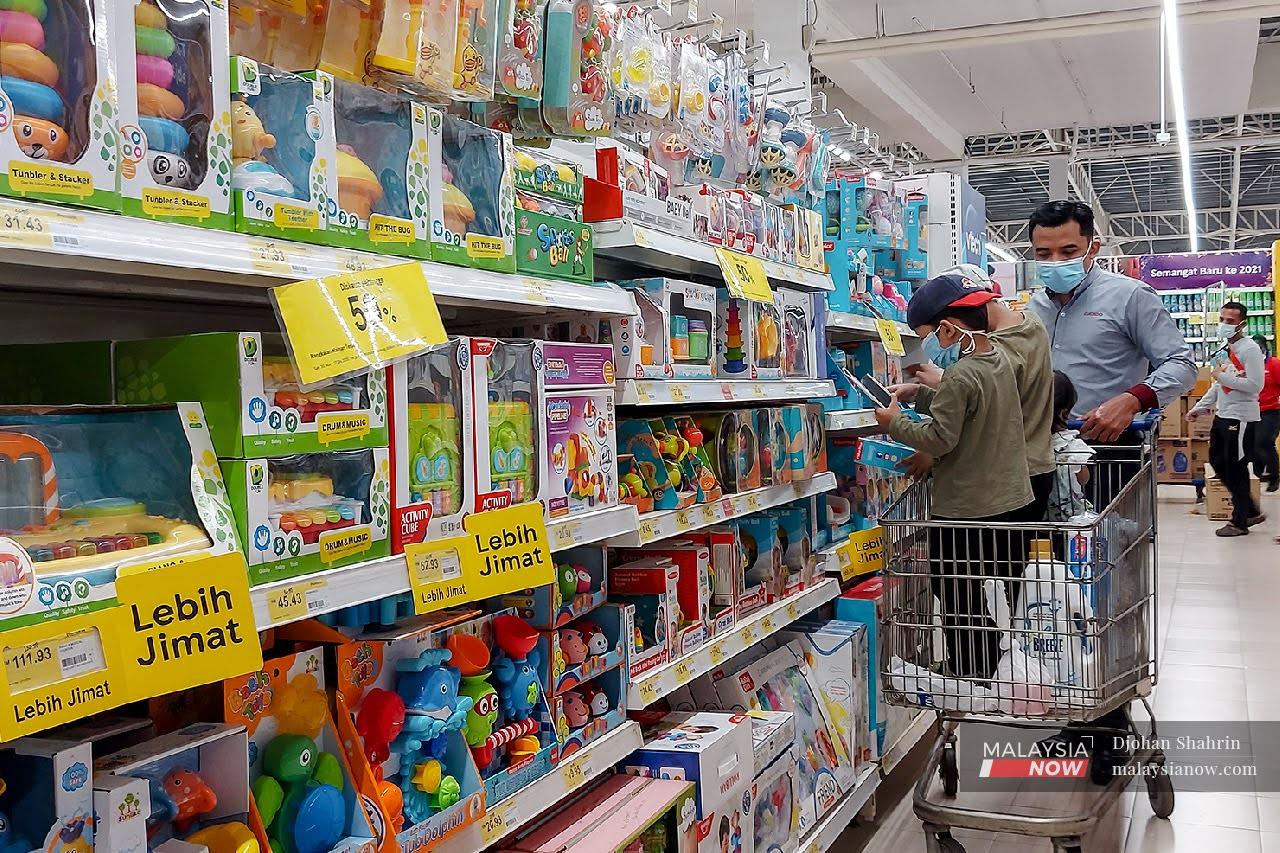Devoid of kids, toy stores find new lease of life online
Online platforms help them overcome the problem of reluctant customers and the complexities that accompany adherence to health SOPs.
Just In
Bereft of their usual crowds of children and parents in the wake of the virus-induced lockdowns this year, toy stores have jumped on the bandwagon and made the shift online, a move that has immensely benefited those who were able to make the leap.
Toy shops, traditionally a hub of activity, were dealt a heavy blow when Covid-19 hit earlier this year. While other industries were adversely affected as well, the dependence of the toy industry on the demand of a particular demographic – children – brought with it a unique problem.
While adults themselves may be willing to venture out of their homes, many are reluctant to risk exposing their children to the crowds associated with stores and malls.
This, and the non-essential nature of toy shops, has seen even the most popular among them deserted for the greater part of the year.
Checks by MalaysiaNow of big toy shops in malls found no children at all and very few adult customers browsing through the shelves.
Kuala Lumpur-based toy retailer and distributor Janie & Joe told MalaysiaNow that the number of visitors to their physical outlet had dropped significantly during the pandemic. They estimate that their current crowd is about 30% of its pre-pandemic norm.
It was going online that saved them.
During the peak of the movement control order which saw all non-essential businesses shut down, their online business continued to see strong sales.
“Our own website as well as our Lazada and Shopee stores were very busy,” they said.
“This helped off-set the loss of sales from physical retail.”
Even now, when their brick-and-mortar store has reopened, their e-commerce platforms continue to see strong demand from customers.
It turns out that going digital has made all the difference for these stores.
Ian Lim from Ty Malaysia agreed that the number of visitors to physical retail stores had dropped due to the pandemic.
“It definitely affected us in certain channels like airports,” he said, adding however that improvement was seen in other platforms such as convenience stores, petrol marts, mall road shows and online stores.
Other measures that helped them survive included enhancing their social media presence and interaction with customers, developing online sales channels, opening up new retail channels and striving to provide good service at the retail stores that remained open.
Janie & Joe told MalaysiaNow that compliance with health SOPs is an additional consideration for them.
Due to hygiene concerns and the need for physical distancing, for example, they no longer put toys on display for children to play with at the store.
“Fortunately, many parents continue to shop online for toys while families have been staying away from shopping malls,” they said.
“Some parents do come to our shop to get toys, but a fair number now shop online instead.”
For them, Covid-19 has served as a valuable lesson on the importance of e-commerce.
“We pivoted our entire business this year to respond to the pandemic. We have reallocated our resources and reassigned our staff to work on our online e-commerce business,” they said.
Subscribe to our newsletter
To be updated with all the latest news and analyses daily.
Most Read
No articles found.
